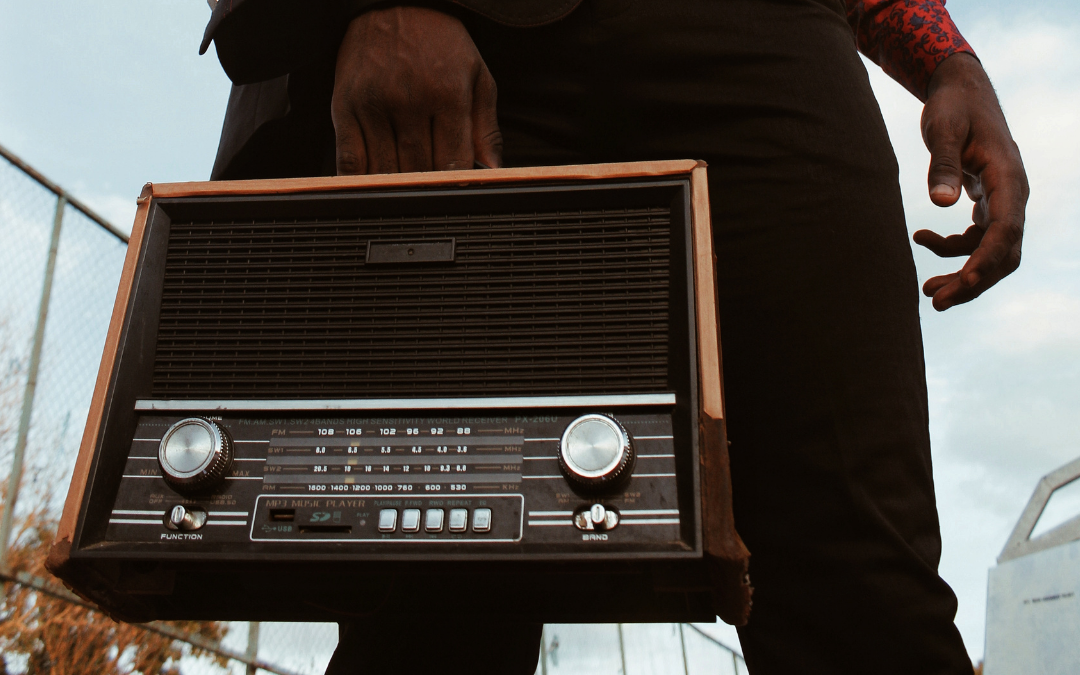What Effect Is Subscription Video On Demand (SVOD) Having On Live TV Viewing?
Subscriptions to streaming services are growing steadily while traditional TV viewing habits continue to drop. But, is this a reason to discount TV from a media plan? Absolutely not.
Back in 2007, DVD rental business Netflix changed the way in which the world consumed its video content. They launched their streaming service in the US, expanded to Canada in 2010 and continued to grow so much that by the beginning of last year, they operated in over 190 countries. Netflix though is just the tip of the iceberg. They are one of the market leaders in their field along with providers such as Hulu, Amazon Prime and Stan. It’s not just the introduction of these business models that changed our viewing habits. In the past decade, internet speed has become faster, our phones can keep us connected 24/7 and we have multiple devices. Even without the aforementioned platforms, consumers can now view all their favourite live TV programmes whenever and wherever they want. On the morning commute, on planes or even late at night on connected TVs after a long shift in the office, video consumers can actively choose a time that suits them to watch the latest enthralling instalment of The Bachelor.
Below are some interesting figures on SVOD vs TV:
- Consumers of SVOD watch 30 minutes less of live TV than they used to per day
- Tech savvy young Australians (18-24) have migrated from traditional TV to SVOD more than any other demographic
Even though this might sound like doom and gloom for TV, it isn’t. Not in the slightest. Commercial TV still reaches 85.1% of Australians and we watch a combined total of 39 million hours of TV on an average weekday!
So, what would be a valid reason to include TV in a media plan?
Mass Cover
Without pointing fingers at other advertising mediums, TV is (in my opinion) the best way to gain mass coverage on a campaign. For a press or digital campaign, it could take weeks of insertions or activity until the same amount of people are hit as in one TV ad. We will come onto the impact that live sport has on TV campaigns a bit later, but the viewing numbers TV can draw are huge. The first State of Origin this year peaked at a lofty 4 million viewers. Understandably, some of these viewers will turn over/leave the room/check their phone when the ads are played at half time. BUT, I think you’d be hard pressed to find another medium that can give you that level of reach with one 15 or 30 second TVC. If you wanted to build brand awareness for the launch of a new product, a quick way to do so is to buy access within Australia’s largest TV shows.
Combination of TV & Broadcast Video On Demand (BVOD)
I often hear conversations around the use of BVOD and if it should be used instead of TV on media plans. Live television and BVOD should complement one another during a campaign and work in tandem. Back in the 1990s and into the early 2000s, 100% of the viewers of a TV programme were watching at the slot it was given by the network. The exception to this would be to tape the next episode of Home And Away to watch later on your VCR player. Even this would mean you’d have to sit through the same ads as everyone else saw during the live broadcast (unless you were switched on enough to press fast-forward). In 2017, only a percentage of the total audience are watching at the live time slot on their TVs. And how do we hit the ones who don’t watch live TV as much? BVOD. The ones who miss out on the TV broadcast will turn to their connected devices to catch up, so you can hit two totally different audience pools even when advertising in the same programme. If we just limit ourselves to purely TV or VOD campaigns, we risk missing out on the other viewers. In order to get as close to 100% coverage of a network as possible, it’s clear that we must use a mixture of TV & BVOD to achieve this.
Making the Most of Your TVC
Often, TVCs can be costly to make with lots of money and resources going into creating the perfect message for a brand. As this is the case, it’s important that the ad is seen on quality, large screens. The majority of homes now have quality television sets, whereby even some freeview stations are broadcast in HD. This does the creative more justice than just seeing it on pre-roll, YouTube or mobile. Not only does the television set do justice to the ad itself, but we need to ensure the correct second lengths are playing at the right time. For example, if we were launching a brand-new product, I would suggest we run the longer second lengths early on in the campaign. This boosts coverage and brand awareness with the longer messaging. Once these have had enough time to bed in, we would then roll our more of the shorter length ads. These act as prompts and reminders to consumers.
Live Sport
Something that still performs extremely well on live Televison is naturally live sport. Nowadays, once your beloved Wallabies/Socceroos/Kangaroos have played, you can almost guarantee all the social media/news you may consume in that day will inform you of the score. This means that anyone who is dedicated enough to the love of the sport will sit down and watch the match live. 2016’s top TV sporting events naturally included State of Origin but also the grand finals of the AFL and NRL. The top ten sporting events of the previous year reached a combined 18.25m viewers. This is a real ratings winner and a great way for the big spenders to gain huge brand exposure.
Being a Part of a Social Event
No-one in our office likes to admit it, but at least 50% of us are tuning in to The Bachelor live once or more embarrassingly, twice a week. That’s just one example, but the traction these shows can pick up is huge. There’s always a spike in TV viewing figures for the first and last episode of most series on TV. This is mainly due to viewers being keen to see how things start and finish. But aside from the obvious, viewers want to be part of the event. They want to tweet about it, make a Facebook post and talk about what they’ve just seen with their colleagues.
So, to sum everything up, there’s still a whole host of reasons to utilise TV for an advertising campaign. We’ve only just touched on the subjects above, but in short, it isn’t just as simple as producing an ad, booking the airtime and sending the copy to the relevant stations. There is a very considered process in choosing the right media owners, playout times, programmes, peak programming and much more to ensure an effective Television campaign.
Sources: Ray Morgan Research, OzTAM, the Roar






